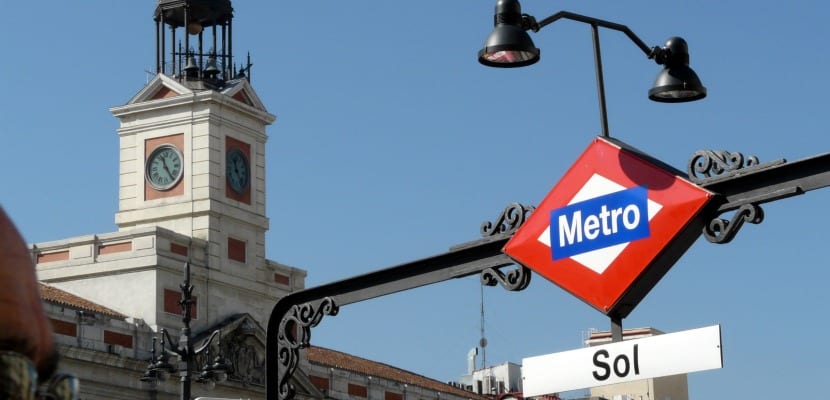
Thousands of people take the Madrid metro every day to get around the capital of Spain. It is the fastest means of transport and one of the best suburban in the world. King Alfonso XIII inaugurated the first section that linked Sol with Cuatro Caminos in October 1919 and since then it has not stopped growing.
However, the Madrid metro is much more than a means of transport. Although it may not seem like it, it is also an amazing museum as it houses interesting treasures that await discovery by hurried travelers. Here we show you some of them so that the next time you travel on the subway you will stop to contemplate, if you wish, a little piece of our History.
History of the Madrid Metro
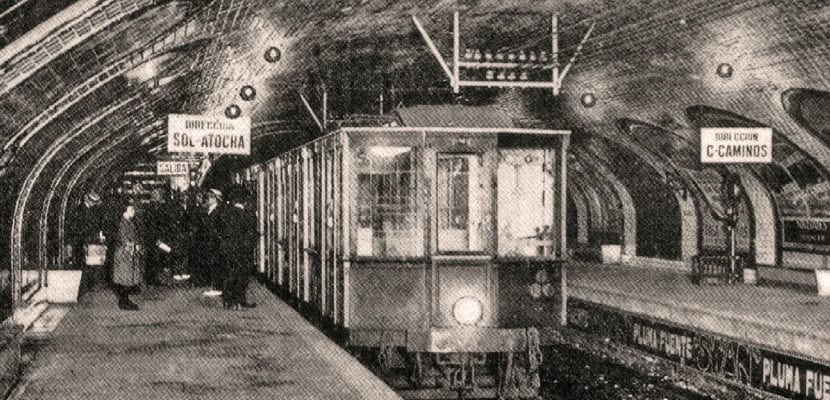
On October 17, 1919, King Alfonso XIII inaugurated the first metro station in Madrid: Four ways. Fifteen days later, the more than 50.000 passengers who made the first trip saw how their usual journey time went from half an hour by tram to ten minutes on the metropolitan railway. It was the middle of the future and although at first it raised many suspicions, the success was immediate.
Two years later the first extension to Atocha arrived and in 1924 line 2 between Sol and Ventas was launched. At that time, the first roundtrip tickets and the first elevator began to appear, which turned out to be paid.
Not even the Civil War was able to stop its advance. A few weeks after the start of the fight, line 3 was opened, between Sol and Embajadores. However, it was occupied almost immediately and had to be closed like the Goya-Diego de León line (current line 4). At this stage, the wagons alternated transporting citizens with coffins to the eastern cemeteries and the tunnels were used as shelters during the bombardments.
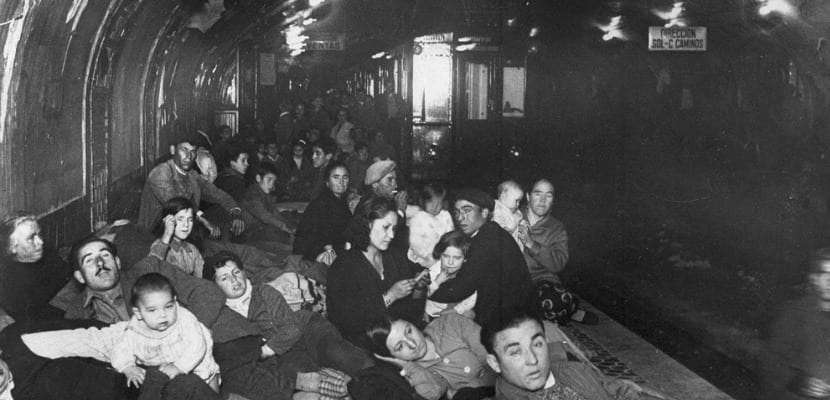
During the Franco regime and with the subsequent demographic growth of the 60s, the platforms of line 1 were extended from 60 to 90 meters. During this reform, the Chamberí station was closed since the changes could not be carried out as it was on a curve.
In later years the Madrid Metro would experience great growth. Line 1960 was inaugurated in 5 and in 1974 line 7 between Pueblo Nuevo and Las Musas. Later would arrive the line 6 (circular), the old 8 (which is currently part of the 10 and that made the Nuevos Ministerios-Fuencarral route) and the 9, with which the 100 kilometers were reached when the Plaza Castilla-Herrera section opened Oria in 1983.
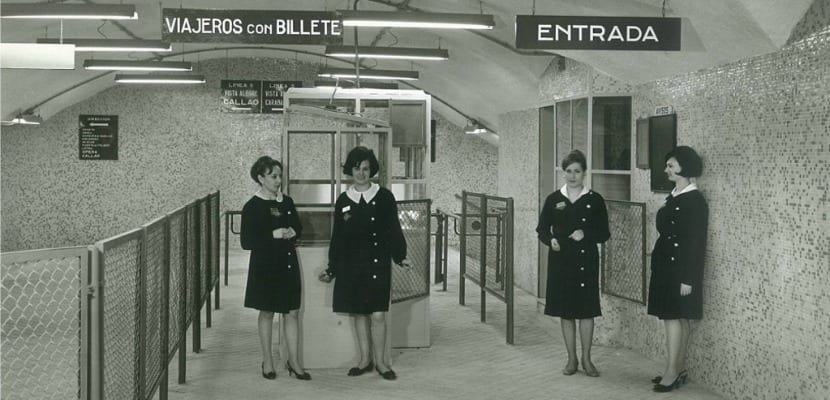
In the 90s, the construction of lines 8 and 11 started and the Metro de Madrid was preparing to leave the capital bound for Arganda del Rey and Rivas Vaciamadrid.
Currently, Metro reaches 12 municipalities and each Madrid has a station 600 meters from their home. More than two and a half million people use this means of transport every day, which now, through line 12, also connects Alcorcón, Fuenlabrada, Getafe, Leganés and Móstoles.
The Madrid Metro is today one of the main suburban in the world and in comparison with those of the large western capitals, it stands out for its cleanliness, safety and modernity of the facilities. What began as a small project to improve the mobility of Madrid residents is today one of the largest metro networks in the world, along with New York, London and Paris.
Metro de Madrid, an amazing underground museum
Madrid is such an interesting city that it keeps secrets even underground. You just have to go around the subway to check it out.
For example, if you have ever traveled on line 1 and have passed through the Bilbao and Iglesia stations, you will have noticed the existence of an old station where the train does not stop. It is known as "the ghost station" but its real name is Chamberí and it was one of the eight stations that made up this line at the beginning of the XNUMXth century.
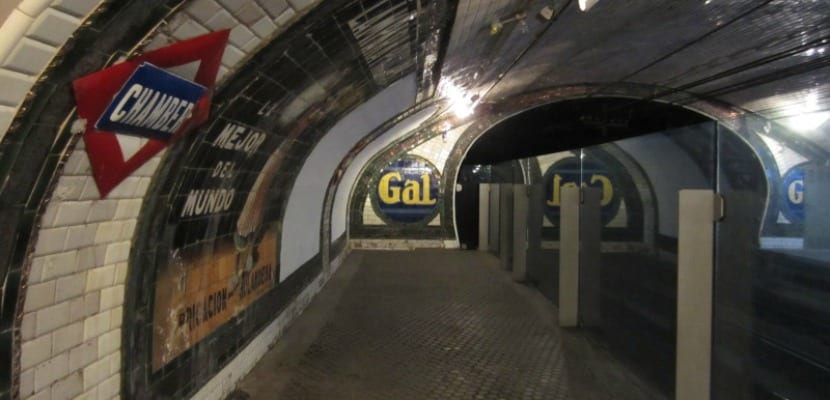
Madrid Metro | Chamberí Station
In 1966 it was wanted to expand the number of wagons on the line's trains and since the platforms could not be enlarged to correspond to the length of the trains, it was closed due to the proximity of the nearby stations. Designed by the architect Antonio Palacios, it remained in disuse for more than forty years and despite being bricked up, it was vandalized. In 2006, a rehabilitation process began to recover the station and create a museum with free access with which to publicize what the subway was like in its beginnings.
On the other hand, art also has a very important niche in the Madrid Metro. At Retiro station (line 2) one of the platforms is decorated with murals by the famous cartoonist Antonio Mingote. It also has an exhibition hall that houses temporary photography and painting exhibitions.
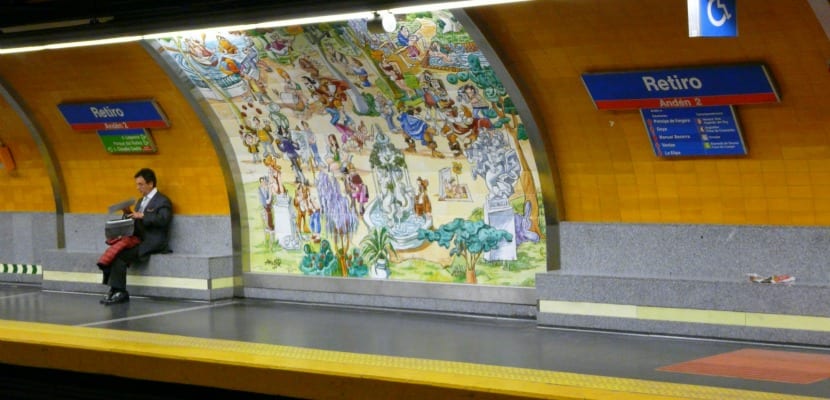
At Goya station (lines 2 and 4) there is also a real museum for lovers of painting. On the platform of line 4 there are copies of several engravings framed in a white border belonging to Francisco de Goya. A total of eighty reproductions by the Aragonese artist corresponding to the Los Caprichos and Tauromaquia series. Without a doubt, a good way to entertain yourself while the train arrives at the station.
Archeology also has a reserved space in the Madrid Metro. The Ópera and Carpetana metro stations attest to this. In the first one, archaeological remains from the XNUMXth and XNUMXth centuries were found that have been preserved and have become part of the largest archaeological museum of the capital located underground. The remains belong to a source and the Amaniel aqueduct.
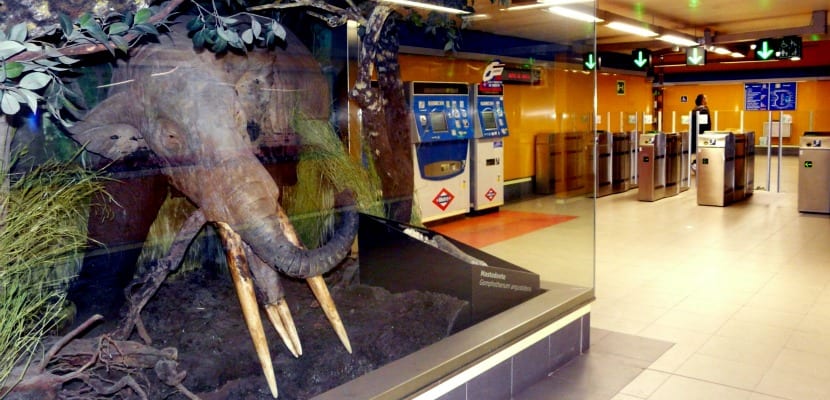
In the second, fossil remains were found on the occasion of an excavation to build elevators in 2008. They belong to the Middle Miocene and, specifically, to genera such as Anchitherium, Amphicyon or Cheirogaster. Today you can see the replicas of these fossils throughout the season as they are displayed in showcases accompanied by explanatory panels.
Curiosities of the Madrid Metro
- The works to install the metro network in Madrid began on September 19, 1916. Three years later, King Alfonso XIII inaugurated this modern means of transport.
- The first Metro de Madrid ticket cost 15 cents each way. The hours of operation were from 6:20 in the morning until 2:00 in the morning.
- The length of all the lines amounts to 324 kilometers, which makes it the seventh largest metro network in the world behind Moscow, Tokyo, Paris, London, Shanghai and New York.
- The station where the most lines converge is Avenida de América with four in total.
- The line with the most stations is number 1 with 33 stops but the one that travels the longest is line 12, covering a total of 40,96 kilometers.
- One of the distinctive features of Metro de Madrid is that their trains run on the lefta, when most of the Spanish railway infrastructures do so on the right.
- The Alto del Arenal station (line 1) is much more important than it seems, since there is the Central Post that controls everything that happens in the Madrid subway.